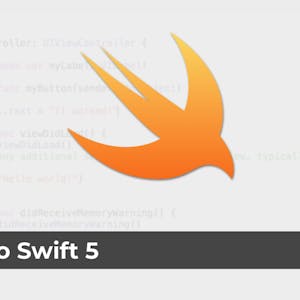Ventilation, Life Safety, and Smoke Extraction in Building
About this Course
This course underscores the critical role of ventilation in maintaining indoor air quality, particularly in shared spaces like office environments. Using the example of an office space where numerous individuals continuously respire, the constant release of carbon dioxide necessitates a consistent introduction of fresh air to prevent air dilution. The natural ventilation system is explored in-depth, unraveling the mechanisms of the Stack effect and Wind effect. These concepts are not only instrumental in understanding natural ventilation but also serve as the basis for calculating pressure differentials between the windward and leeward sides of a building. Moving forward, the course delves into the basics of Mechanical Ventilation Systems, offering insights into their advantages and disadvantages compared to natural ventilation. This knowledge is crucial for selecting the appropriate ventilation system based on specific applications. Learners are guided through calculating ventilation equipment capacity using air flow rate calculation methods. Additionally, the course addresses the importance of Life Safety Systems in commercial buildings, covering various components that contribute to enhancing occupant safety. The focus then shifts to the significance of Staircase Pressurization Systems in ensuring building occupant life safety during emergencies. The intricate process of creating pressurization in staircases for efficient building evacuation is explored, accompanied by a sample calculation to determine the required equipment capacity. By the course\'s conclusion, learners will be adept at conducting air flow rate and staircase pressurization calculations, drawing from practical experiences on large projects. The course further expands its scope to Lift Well and Lift Lobby Pressurization Systems, explaining their critical role in maintaining safe exits during fire emergencies, thereby safeguarding both life and property. Learners gain an understanding of the guidelines set forth by the National Building Code (NBC) and the American Society of Heating, Refrigerating, and Air-Conditioning Engineers (ASHRAE) regarding these pressurization systems. The course delves into considerations of air leakages and gains in lift lobbies and wells, aiding in the calculation of pressurization fan capacities to meet standards. A crucial aspect covered in the course is the danger posed by smoke in emergency situations. Smoke extraction systems are explored in detail, encompassing various components and the requisite codes for designing such systems. National Building Code (NBC) standards are highlighted, providing students with a solid foundation for designing smoke extraction systems tailored to different spaces, including car parks, office spaces, and atriums. Upon completing this course, students not only acquire practical skills in air flow rate and pressurization calculations but also gain a profound understanding of the standards and codes governing ventilation, life safety, and smoke extraction systems. Target Learners: 1. Knowledge of Thermodynamics & Heat Transfer 2. Undergraduate students of Mechanical who are in either Vth, VIth, VIIth or VIIIth semester 3. Graduate students of Mechanical 4. Working professionals with B.Tech./B.E., in Mechanical 5. Diploma students of MechanicalCreated by: L&T EduTech

Related Online Courses
This is a survey of ancient Greek history from the Bronze Age to the death of Socrates in 399 BCE. Along with studying the most important events and personalities, we will consider broader issues... more
DevOps professionals are in high demand! According to a recent GitLab report, DevOps skills are expected to grow 122% over the next five years, making it one of the fastest growing skills in the... more
This course will dive into the art and science of crafting compelling menus that drive revenue and delight customers. This comprehensive course is designed to equip restaurant owners, managers,... more
This program is intended for anyone who wants to learn how to develop Apps using Swift and iOS. Through four courses, you will learn topics beginning with the absolute basics and ending with... more
This Specialization is intended for people seeking to integrate supply chain management with data analytics. Through six courses, you will discover and solve problems in various domains of a supply... more








